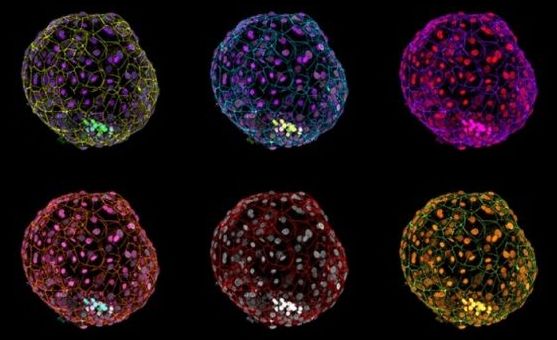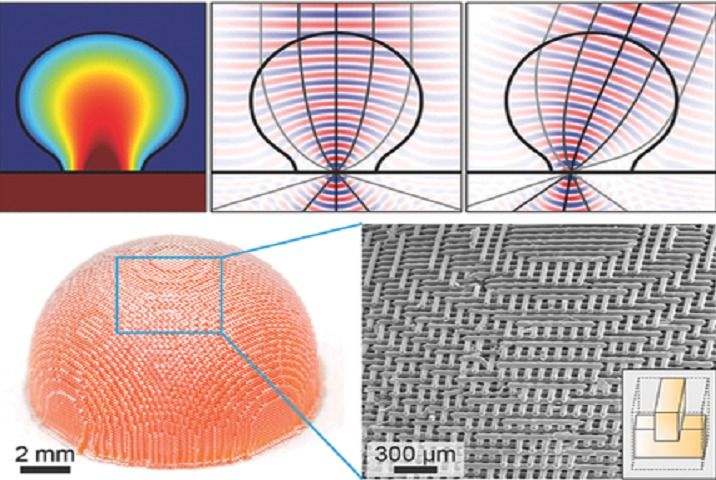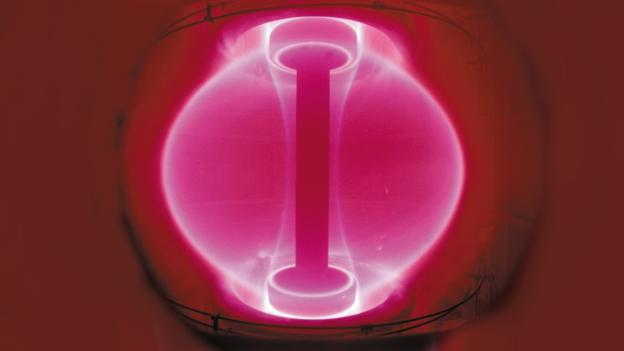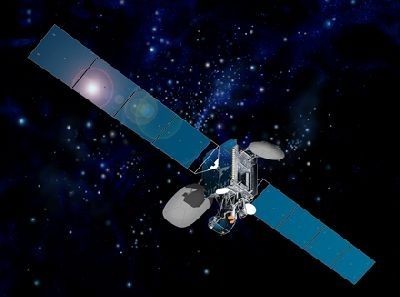Gearing up to offer one-gigabit-per-second Internet service in five U.S. cities this year. The first five cities to see the blazing speed are Nashville, Atlanta, Chicago, Detroit, and Miami.
Comcast, the Internet provider everyone loves to hate, is gearing up to offer one-gigabit-per-second Internet service in five U.S. cities this year. The first five cities to see the blazing speed are Nashville, Atlanta, Chicago, Detroit, and Miami. In line with Google Fiber, Verizon FiOs, and municipal offerings at one-gigabit speeds to the home, the new Comcast service will dramatically increase download speeds. Most subscribers currently receive download speeds of 25–100 megabits per second. For the customers with a 100Mbps connection, the increase boosts their speed 10 times over. For customers with 25 megabit connections, it’s 40 times faster. At that rate, one could download a full-length HD movie in around seven seconds. Not bad.
What sets Comcast’s gigabit service apart is the fact that the Internet provider is not using fiber optic lines to achieve the mega-fast speeds. Instead the company is using the existing coaxial cable lines that are already piped into people’s homes, giving Comcast a potentially huge advantage over a project like Google Fiber—which requires digging costly trenches through cities to lay fiber cables.
Hardware Boost
Comcast’s gigabit-over-coax Internet requires a new kind of cable modem. That device is charmingly classified under a new DOCSIS 3.1 standard, an acronym for Data Over Cable Service Interface Specification. And while it looks like any other black box, this new standard is capable of pumping data at 10 Gbps over existing coaxial cable. Still, Comcast is ushering in its new service with only a tenth of that power—currently offering one gigabit per second downstream speeds with 35Mbps upstream.
Read more









